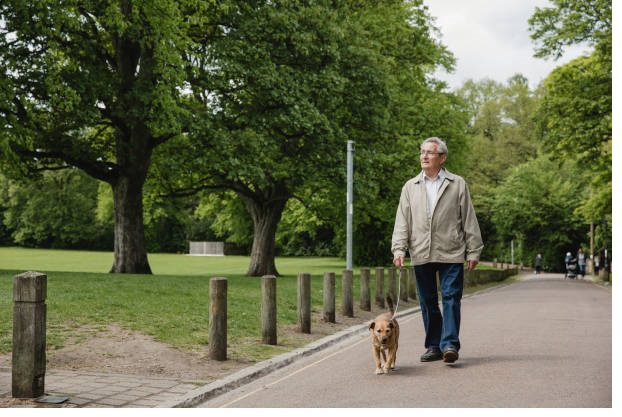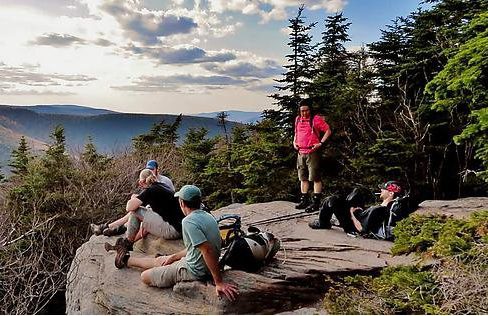The Simple Past Tense is a basic tense in English that is used to describe actions or events that occurred in the past. In this article, we will explore the use of the Simple Past Tense, its formation, and some examples of how it is used in everyday language.
Formation of the Simple Past Tense
Contents
The Simple Past Tense is formed by adding ‘-ed’ to the base form of the verb. For example, the base form of the verb ‘walk’ is ‘walk’, and the Simple Past Tense of ‘walk’ is ‘walked’.
However, some verbs have irregular forms in the Simple Past Tense, such as ‘go’ which becomes ‘went’, ‘eat’ which becomes ‘ate’, and ‘see’ which becomes ‘saw’. It is important to memorize these irregular forms because they do not follow the typical ‘-ed’ pattern.
Examples of Simple Past Tense
Let’s take a look at some examples of the Simple Past Tense in action:
- I walked to the park yesterday.
- She ate pizza for dinner last night.
- He saw a movie with his friends on Saturday.
- They went to the beach over the weekend.
In each of these examples, the action occurred in the past and is described using the Simple Past Tense.
Use of the Simple Past Tense
The Simple Past Tense describes completed actions or events that occurred in the past. It is often used to tell stories, share personal experiences, or recount historical events.
For example, if you were telling a friend about your weekend, you might use the Simple Past Tense to describe what you did:
“I went to the mall and bought some new clothes. Then I met some friends and we watched a movie together.”
In this example, the speaker is describing completed actions that occurred in the past.
Another way the Simple Past Tense is used is to describe a sequence of events. For example:
“She woke up, brushed her teeth, and showered before getting dressed and heading to work.”
In this example, the speaker is describing a sequence of actions that occurred in the past.
Images for Simple Past Tense
To help you visualize the use of the Simple Past Tense, let’s take a look at some images:

In this image, we can see a man walking his dog in the park. The action occurred in the past, so we can use the Simple Past Tense to describe it: “The man walked his dog in the park yesterday.”

In this image, we can see a woman eating a sandwich. Again, because the action occurred in the past, we can use the Simple Past Tense to describe it: “She ate a sandwich for lunch yesterday.”

In this image, we can see a group of people hiking in the mountains. Because the action occurred in the past, we can use the Simple Past Tense to describe it: “They went on a hike last weekend.”

In this image, we can see a starry sky with a shooting star. Because the action occurred in the past, we can use the Simple Past Tense to describe it: “He saw a shooting star last night.”

In this image, we can see children playing in a park. Because the action occurred in the past, we can use the Simple Past Tense to describe it: “The children played in the park all afternoon.”
Tips for Using the Simple Past Tense
Here are some tips to keep in mind when using the Simple Past Tense:
- Use the correct verb form. Remember to add ‘-ed’ to regular verbs and use irregular shapes for verbs that do not follow the ‘-ed’ pattern.
- Be consistent with your tense. If you are telling a story or describing a sequence of events, use the Simple Past Tense consistently throughout.
- Use time expressions to indicate when the action occurred. Time expressions like ‘yesterday’, ‘last night’, or ‘last weekend’ help clarify that the action occurred in the past.
- Use the Simple Past Tense for completed actions. If the action occurred in the past and is finished, use the Simple Past Tense to describe it.
Conclusion
The Simple Past Tense is a fundamental tense in English that is used to describe completed actions or events that occurred in the past. By adding ‘-ed’ to regular verbs and using the irregular forms for certain verbs, you can form the Simple Past Tense. Remember to be consistent with your tense and use time expressions to indicate when the action occurred. With these tips in mind, you can confidently use the Simple Past Tense in your everyday language.

1 Comment